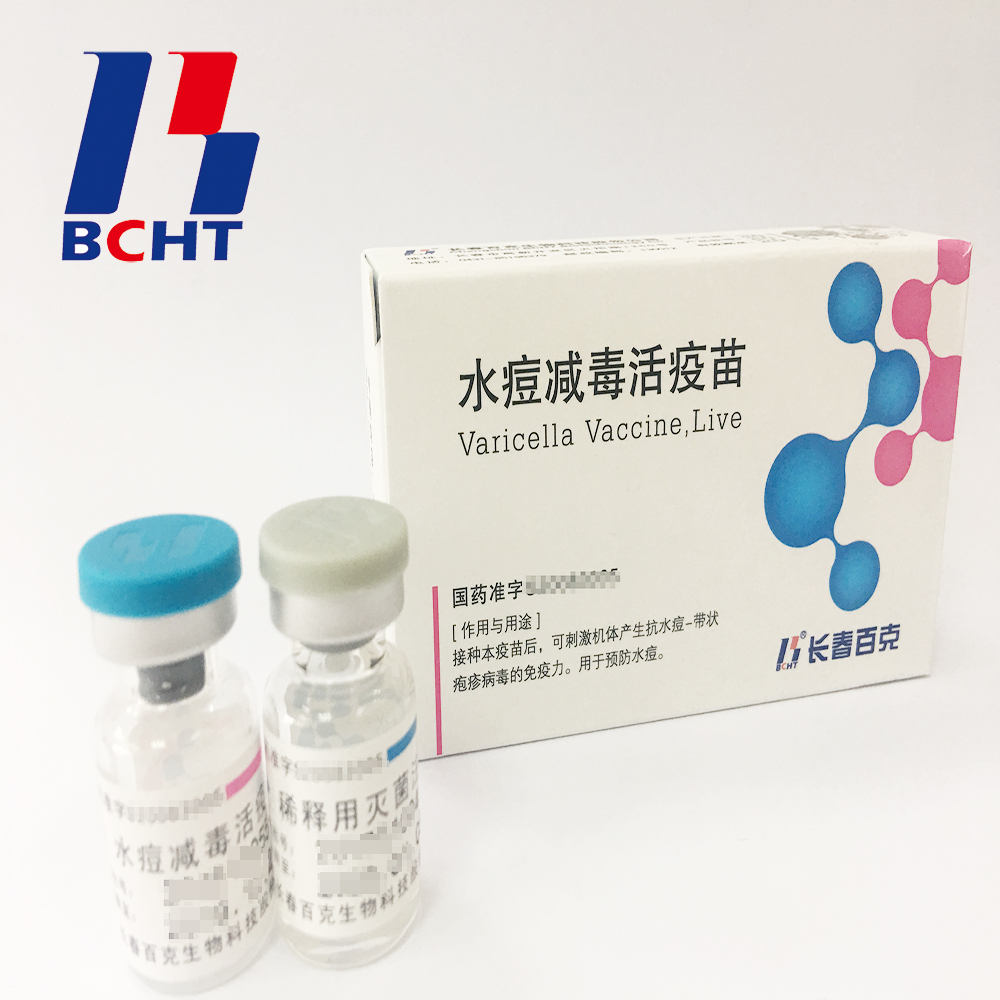Snails occur one generation per year. They become wintering under the roots of wintering crops, haystacks, and loose soil. They began to nibble on overwintering crops in March and some snails sporadically endanger cotton seedlings on cotton seed beds in early April. 5 Cotton transplanted after the beginning of the month is more harmful to cotton seedlings. In the cotton seedling stage, it mainly causes broken leaves, headlessness, and even lack of trees. During the bud period, snails crawl along the cotton stems or the branches and leaves of the cotton plants and eaten leaves, buds, corollas, styles and young bells, causing damage to the cotton leaves. The bell falls off and the young bell surface is susceptible to cracking after being damaged. During the boll opening period, moist cotton batting is taken in the newly cracked cotton flap, causing cottonseed exposed, deadlocked bells and rotten bells. The secretions and excrement contaminate the batting and affect the quality.
To prevent and treat cotton field snails, a combination of agricultural and chemical measures should be adopted. Timely removal of debris from field weeds and intercropping crops. During the spawning period of snails, the soil is often loosened, leaving the eggs exposed on the ground and dehydrated and dried after being exposed to wind and sun. At the height of snail activity, weeds are dried in the field and dried to a half-dried weed with clear fragrance. Chemical control can be used prochlorderm (6% polyacetal? Carvacene granules) and other food bran bran, cotton cakes, vegetables, lettuce leaves or tender grass and other baits made of bait in the evening scattered in the cotton trap.
Bulk of varicella vaccine,semi-Finished Products.It has good safety with low ratio in adverse reaction. And it has been exported to Bangladesh.
In 2008, BCHT successfully launched its product Varicella Vaccine, Live in China. In the following years, BCHT continuously committed to improving the product and led in 2010 removal of gelatin from adjuvant and extended the vaccine shelf-life up to 36 months which is the longest one in the world in 2011. And it has the following qualities.

Biotechnology Bioproducts Preventive,Final Bulk Medicine Preventive,Final Bulk Pharmaceutical Preventive,Vaccine Biological Products Preventive
Changchun BCHT Biotechnology Co. , https://www.ccbcht.com